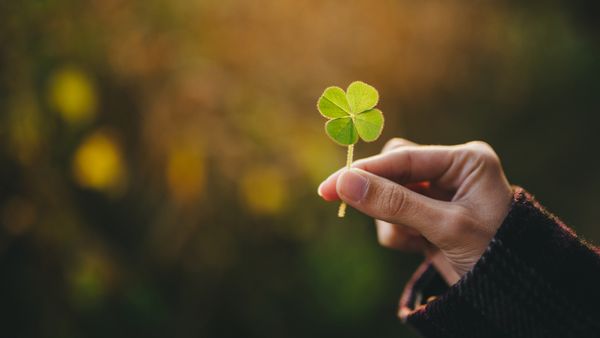
Key Takeaways
- A rabbit's foot considered lucky due to centuries-old superstitions and folklore
- Originated in ancient Roman times as a cure for ailments like gout
- Rabbit's foot symbolizes protection against evil and bad luck, with specific details enhancing its luckiness
There are hundreds, perhaps thousands, of superstitions worldwide, but none are more important than the one you subscribe to. And if you believe in lagomorphs of fortune, losing a lucky rabbit's foot signals bad luck as surely as carrying it promises to bring good luck.
Advertisement

